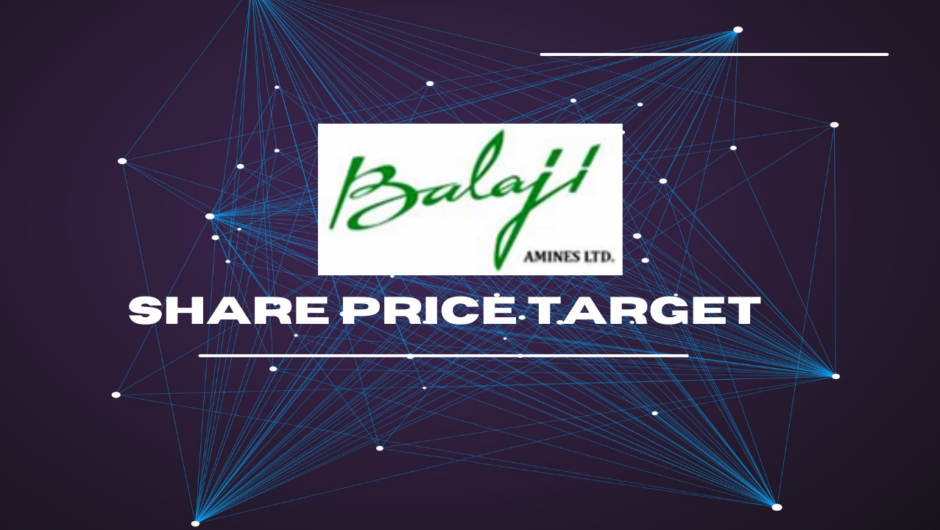The expression that data is now more valuable than gold is a quote often seen in the tech industry, but the statement is becoming clearer than ever in financial tech. For fintech companies, the use of data science is the backbone of the industry. It’s important to understand the different ways in which data science and analytics are used in the industry so that you can have a better grasp on the many different elements and roles that large-scale information, its organization, and analysis play in the industry. Fintech can be described as how financial technology companies use big data to project-specific outcomes and create complex systems for help. make better and more improved financial decisions. For many different companies, financial technology is the future for big financial decision-making. Here are just a few ways that it is used in the industry.
Payment Systems
Understanding a customer’s payment and purchasing habits is an important part of the financial tech industry. Not only can this information help a business fine-tune its infrastructure to help the customer, but it can also help marketing departments learn more about their customers and find solutions to payment issues. This can also help you understand and create a more precise and relatable model in which customers can make more decisive moves. This information is usually obtained through websites, cookies, and more information can be garnered from loyalty programs that many businesses offer. Companies like Cane Bay Partners are leading the fintech consulting business world with strategies that help increase returns and create systems of safety for businesses.
Assessing Risk
Risk assessment is another important use of data science in fintech. Risk analysts perform research on specific figures to evaluate the performance of a company and the various risks involved in the future. Many different forms of fintech can help risk analysts find out more about the potentialities of a company. Many of these are performed at the base level in which risk assessment models are constructed to more fully understand the operations of the business and how risk might be analyzed. The components of most fintech risk assessment models include but are not limited to performing qualitative and quantitative risk analysis through mathematical calculations, addressing specific areas of risk, finding solutions, and identifying further risks.
Fraud Prevention
By analyzing, tracking, and identifying the norms and regular uses of money and purchasing within an agency, fintech companies help mitigate the risk associated with fraud. Many of these companies focus on creating systems of machine learning and fraud prevention that can track the normal purchasing and financial transactions of customers, which can track and detect fraud more easily. This can prevent money laundering, increase protection through blockchain applications, and create platforms of machine learning that monitor customers and purchases. Fraudulent purchases and charge backs are a common issue among many eCommerce companies, but the use of transactional awareness through the use of fintech and machine learning can easily detect and stop these fraudulent charges from happening. By integrating these fraud prevention tools through the use of data science and fintech, companies are much stronger in their fight against fraud.

Hey, this is Johny Sehgal. I am the owner and caretaker at Finance Jungle. I completed my education in BSC and now heading towards the digital marketing industry. I usually have interests in reading, playing games and watching movies. I also love to write content based on quality information. The main motive of mine is to provide the top and best quality information to my readers. Finance Jungle is the blog for the same.











